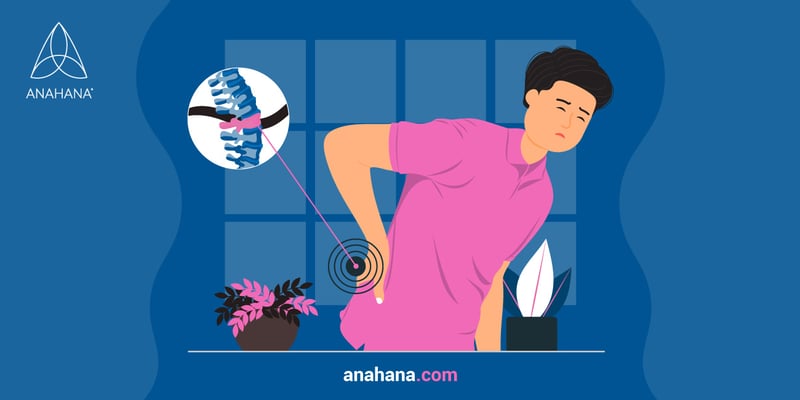
Table of Contents
Learn how to choose the perfect meditation chair for your practice with help from this comprehensive guide. Discover the features and benefits of different styles, sizes, materials, and more.
What Are Meditation Chairs
Meditation chairs are a supportive tool for meditation practice. They provide a comfortable and adjustable fit that helps you relax while in postures performed kneeling or close to the floor.
A meditation chair is designed to help align your back and shoulders and relieve pressure from the knees, ankles, and feet. It usually has two short, six-to-eight-inch tall legs and an angled seat. A meditation chair allows people to sit in an elevated kneeling position and straighten the spine.
The difference between meditation chairs and common everyday chairs is that meditation chairs have straighter backs and wider seats to elevate the hips. It allows sitting cross-legged without hip or back tension or kneeling for long periods.
Types of Meditation Chairs
Meditation chairs are great for long periods of meditation because they provide comfort and balance and are available in many shapes. From classic yoga chairs to kneeling chairs, there is a great variety of meditation accessories to choose from.
Pipersong Meditation Chair
You can perform many different positions with the Pipersong Meditation Chair, such as kneeling, cross-legged, and squatting. Most seat cushions are crescent-shaped, made with high-density foam, and have an adjustable height.
A pipersong chair can also support weights up to 250 pounds and is easy to assemble. The crescent-shaped backrest provides lumbar support to limit any strains in your back.
Back Support Chair
A back support chair provides full back support and promotes proper alignment. You can practice in various cross-legged positions. Back support chairs are easy to store away, portable and can be used for multiple purposes, including activities not related to medication.
If you struggle to hold a good posture for long periods, a meditation chair with a backrest will help you. Chairs with cotton cushions offer much comfort compared to other materials, while memory foam supports the body.
Yoga Bench
Yoga benches are multifunctional. You can sit or kneel on it for meditation, and it is also great for training inverted asanas such as headstands, Sirsasana, butterfly headstands, or lotus inversions. They should be used as a tool and not be fully depended on if you want to strengthen your core.
Standard Chair
Standard chairs are great if you have limited flexibility or physical limitations that make it difficult to sit in a sitting position. A thin cushion to support your lower back can make any standard chair usable for meditation. Standard chairs also allow for longer meditation practice sessions without any leg pain.
Benefits of a Mediation Chair

- Relieves Tension and Pressure: Meditation chairs alleviate the pressure in the back and legs when you practice a pose for a long time.
- Proper Posture: A meditation chair with back support will comfort and relax you. Maintaining good posture helps increase mindfulness and physical awareness. Your back must be neutral to promote spinal alignment, proper breathing and energy flow during practice.
- Enhanced Focus and Concentration: A meditation chair can significantly enhance your focus and concentration during meditation. A comfortable and stable seat helps minimize physical distractions such as discomfort or the need to adjust your position frequently.
How to Choose the Best Meditation Chair
Choosing the perfect chair is essential to ensure your comfort and support during meditation sessions. Here are some factors to consider when selecting a meditation chair:
- Comfort: Look for a versatile chair that provides sufficient cushioning and support. Comfort is crucial during meditation to avoid distractions and discomfort from sitting for extended periods. The chair should promote an upright and aligned posture. It should allow your spine to remain neutral without straining your back or shoulders.
- Material: Choose a chair with materials that suit your taste and comfort. Common materials include wood, metal, and cushioned fabric. Ensure that the material is durable and easy to clean.
- Portability: If you plan to meditate in different locations or need to store the chair when not in use, consider a portable and foldable meditation chair for convenience.
- Style and Aesthetics: The chair's design and appearance should complement your meditation space and personal style, creating a calming and inviting atmosphere.
- Size and Weight Capacity: Ensure the chair's dimensions and weight capacity can accommodate your body size and weight comfortably.
- Reviews and Recommendations: Check online reviews and seek recommendations from experienced meditators or friends who use the chairs. Learning from others' experiences can help you make an informed decision.
- Budget: Determine your budget range for the meditation chair. Various options are available at different price points, so you can find one that fits your budget and meets your requirements.
Takeaway
The right meditation chair may vary from person to person, so prioritize what makes you feel most comfortable and supported during your practice. The goal is to find a chair that allows you to meditate easily, promotes a proper posture, and enhances your overall meditation experience.
References
Meditation Programs for Psychological Stress and Well-being: A Systematic Review and Meta-analysis
The benefits of meditation and mindfulness practices during times of crisis such as COVID-19 - PMC
The neuroscience of mindfulness meditation | Nature Reviews Neuroscience
“Just This Breath…” How Mindfulness Meditation Can Shift Everything, Including Neural Connectivity
Disclaimer
The contents of this article are provided for informational purposes only. Anahana does not provide medical advice, diagnosis, or treatment and should not be used as a substitute for medical advice from a healthcare professional. Anahana encourages to consult a qualified healthcare professional for medical guidance. Anahana is not liable for any errors, omissions, or consequences that may occur from using the information provided

By: Meriah McCauley
Meriah McCauley is a leading voice in holistic healing, known across North America for her expertise in chakra balancing, spiritual alignment, and energy-based wellness. Her work bridges the art and science of mind-body healing, shaped through years of study, practice, and mentorship. Meriah deepened her understanding of spiritual anatomy and the chakra system under the guidance of her guru, Dr. Don Stapleton, during her immersive training in Costa Rica. She later earned her Master’s degree in Psychology from Columbia University, specializing in Spirituality and the Mind–Body connection, which continues to influence her integrative approach. Today, she supports individuals and practitioners through coaching, yoga teacher trainings, chakra-focused education, and Holotropic Breathwork for personal transformation. Meriah is dedicated to helping others develop emotional clarity, energetic balance, and spiritual resilience—and she remains committed to guiding anyone seeking a deeper, more meaningful connection with themselves.